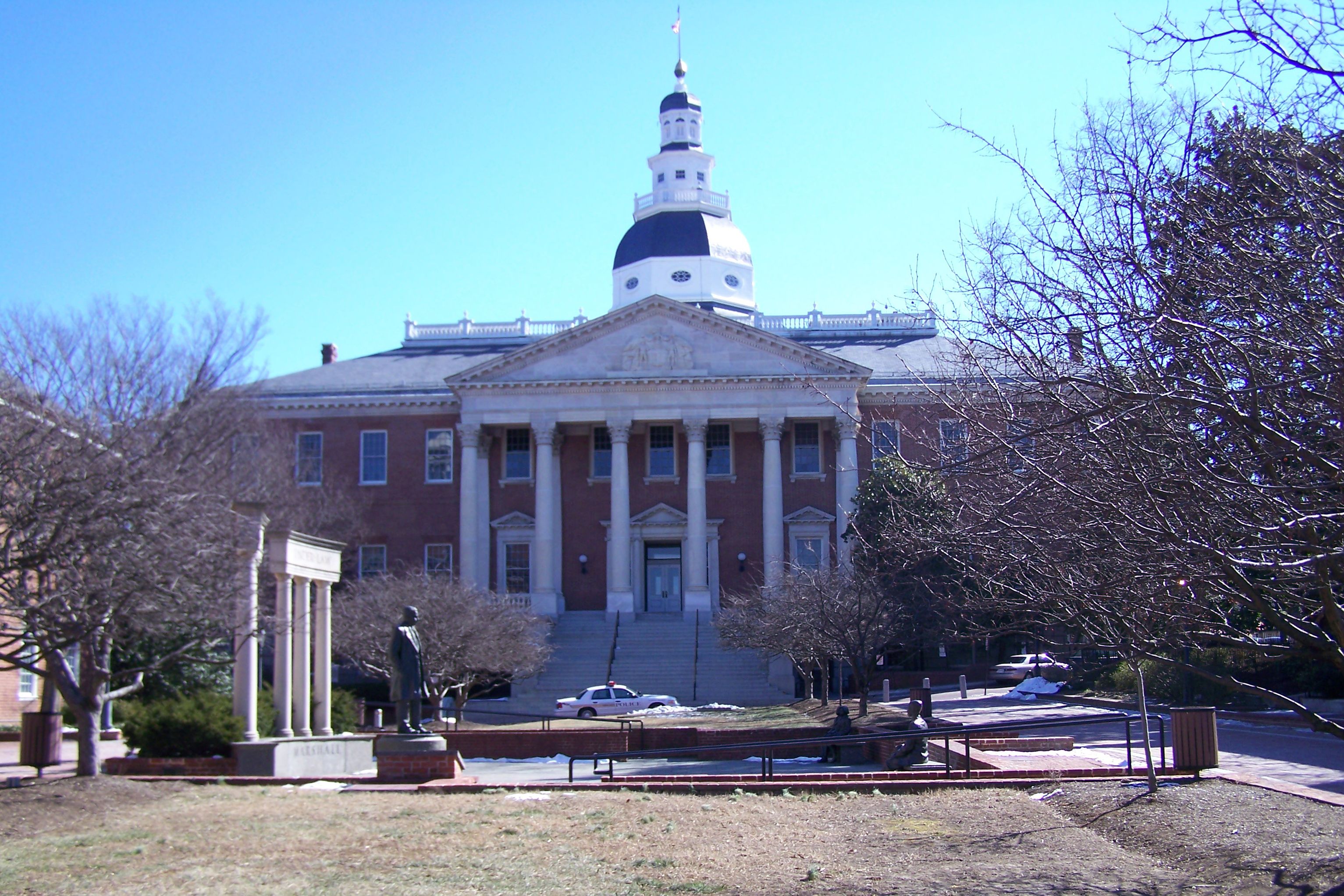Views expressed in opinion columns are the author’s own.
In 2013, Nathan Verhelst died in Belgium. He was 44 years old. He didn’t have a terminal illness. He wasn’t involved in some sort of accident or mass shooting. Instead, Verhelst’s life ended because he was depressed as a result of his transition going poorly.
Verhelst had gone through hormone therapy and several surgeries, but he didn’t like the results. “My new breasts did not match my expectations and my new penis had symptoms of rejection,” he told a Belgian newspaper shortly before he died. “I was the girl that nobody wanted … ‘If only you had been a boy,’ my mother complained.”
Convinced that his life wouldn’t get better, Verhelst requested and received euthanasia — which is legal in Belgium — on the grounds of “unbearable psychological suffering.”
I reference this because the Maryland legislature is again considering the “End-of-Life Option Act.” The bill stops short of the laws in Belgium and the Netherlands, which both legalized euthanasia in 2002. It does not allow euthanasia — in which a doctor directly kills a person, usually by lethal injection — but permits “assisted suicide,” meaning a physician gives the patient a prescription for a fatal medication that the patient must consume themselves.
Supporters call this “aid in dying.” The EOLA does not allow this service for patients suffering from psychological illness, only for those who doctors judge have no more than six months left to live because of a terminal illness. But, like the Belgian and Dutch laws, the EOLA allows people subject to high levels of suffering to be assisted in ending their lives if they so choose. And like the Belgian and Dutch laws, the EOLA is bad.
Since legalization, cases of euthanasia in the Netherlands have increased continuously, reaching 4.5 percent of deaths in 2015. In Belgium, the practice has also increased dramatically. When the Belgian law was passed, it only applied to adults, but in 2014, the law was extended to children of all ages. The Netherlands allowed those 12 and older to participate, although euthanizing infants is tacitly permitted under similar conditions. Belgian doctors have euthanized children as young as 9 years old, a practice defended by euthanasia expert Dr. Wim Distelmans, who, as of 2015, had killed more than 100 people — one of whom was Nathan Verhelst.
Verhelst’s story represents a pattern in Western politics, where “options” and “choice” mean the right of the rich to oppress the poor and vulnerable. “Choice” is why unions have to be driven into the ground. “Choice” is why we have to keep the American health care system, which ensures doctors are too busy performing plastic surgeries on the rich to treat the cancers of the poor. In Oregon, where a law equivalent to Maryland’s proposed EOLA has been on the books since 1997, at least two people on Medicaid have been denied cancer treatment but offered assisted suicide covered by insurance instead.
Illness is disproportionately concentrated among the poor. Health, after all, is determined in part by social elements: access to healthy food, clean drinking water, good education, neighborhood walkability and so on, all of which are more accessible to the wealthy.
Unsurprisingly, a law that helps the sick to take their own lives is targeted at the poor and working class. From segregation to the imprisonment of truant students’ parents to assisted suicide, the effect is the same: punish the miserable and suffering. What the system doesn’t allow for, however, is caring for them.
John-Paul Teti is a senior computer science major. He can be reached at jp@jpteti.com.



